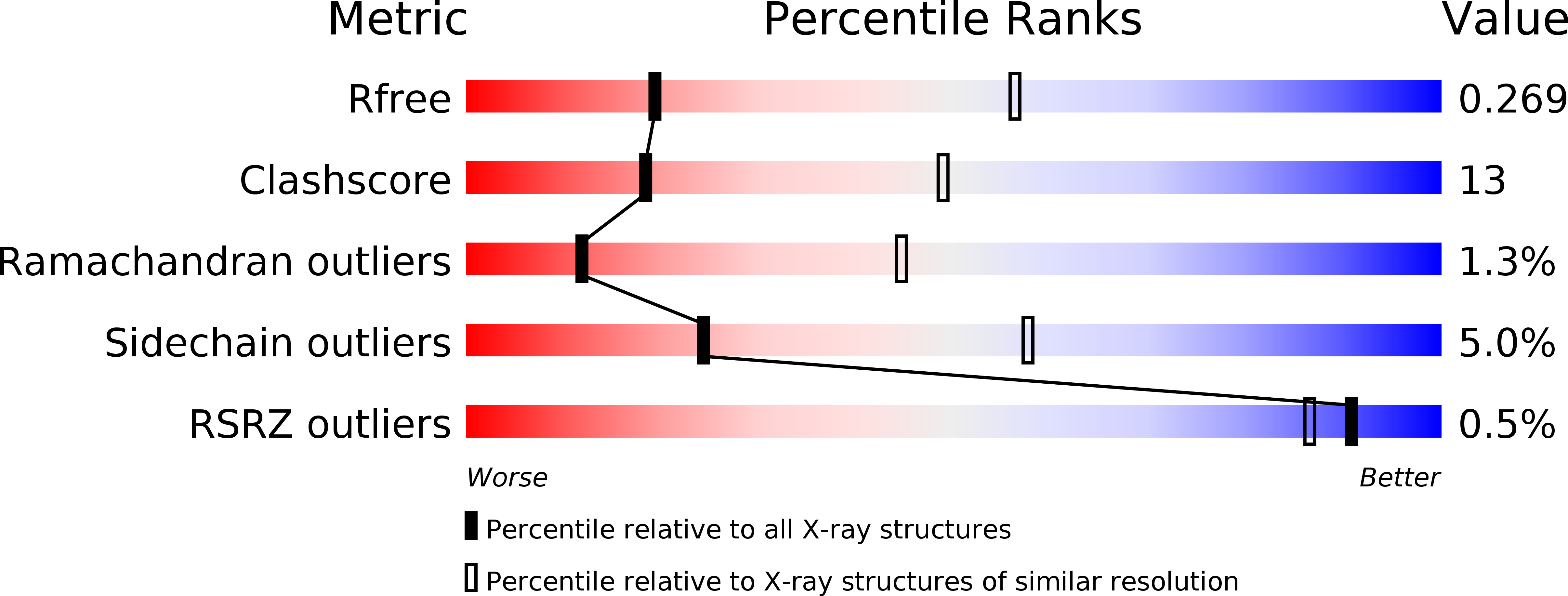
Deposition Date
2012-03-17
Release Date
2012-05-23
Last Version Date
2023-09-13
Entry Detail
PDB ID:
4E7J
Keywords:
Title:
PFV integrase Target Capture Complex, Apo form (TCC-Apo), at 3.15 A resolution
Biological Source:
Source Organism:
Human spumaretrovirus (Taxon ID: 11963)
Host Organism:
Method Details:
Experimental Method:
Resolution:
3.15 Å
R-Value Free:
0.26
R-Value Work:
0.22
R-Value Observed:
0.22
Space Group:
P 41 21 2


